What is Scaffolding Frame – The Complete FAQ Guide
Are you trying to find out more about scaffolding frames and you’re not sure about where to get one? Do you want to find the best type of scaffolding frame that you can use for your business?
Worry not, because, in this FAQ guide, you will learn everything you need to learn before you decide which scaffolding frame manufacturer you should trust! We’ll go over everything from discussing the basics of scaffolding frame to teaching you how you can get the best quality of scaffolding frame in the market!
What Are Scaffolding Frames?
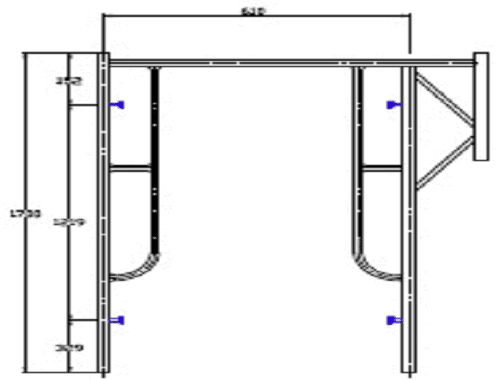
Figure 1 – Sample image of a scaffolding frame
Scaffolding frame or more commonly referred to as frame scaffolding, is the type of scaffolding that is comprised of aluminum frames that are interconnected by a series of braces, forming the framework or the totality of the scaffolding frames.
Many consider it as one of the simplest and most basic types of scaffolding because of how easy it is to erect, as well as dismantle each and every time it needs to be relocated and moved.
If that is the case, so, how do you erect and install scaffolding frames?
That brings us to the next part or next topic of this FAQ Guide, which is…
How Do You Install and Erect Scaffolding Frames?
The process of erecting and establishing scaffolding frames doesn’t fall far from how other types of scaffolding systems are done.
Workers erecting or establishing a scaffolding frame
Knowing it is important because it can give you the guidance and the idea of how they are made and erected.
In fact, it starts off by the observing or the assessing of the location or the spot where it will be erected. To help you with it even further, here’s the complete and comprehensive procedure of how scaffolding frames are erected.
Step 1: Check the Location
The first thing you want to do is to examine and check the location of where you’ll be erecting the scaffolding frame.
Make sure that it’s sturdy and that it does not have any weak spots that could cause accidents. Moreover, check if there are overhead wires that you need to avoid for the safety of the workers.
Step 2: Inspect the Frames
After that, what you have to do next is to inspect the frames, braces, as well as the other components of the scaffolding frame to see if their conditions are good and safe.
This would include checking if there are damages on the materials, and so on.
Step 3: Adjust and Establish the Base Jack
Then, establish the base jack or what would be the foundation of the entire scaffold. This would usually be bolted onto the ground so that they would be properly attached.
Step 4: Install the Second Frame and Braces
Once done, you’ll now need to install the second frame, which will be on top of the foundation or the base jack, along with the second set of braces.
NOTE: The second braces need to be level and that they need to plumb the scaffold.
Step 5: Establish the Decks
Then, the decks are going to be established. The choice is yours if you want the decks to be wooden planks, plywood, decking units, and others.
They usually need to be in accordance to the material and for them to be supported.
Step 6: Put Up the Handrail
Next, put up the handrails or the support of each of the scaffolding system’s platforms. This is the component that keeps materials, as well as operators from falling off of the scaffolding formwork.
They’re usually made out of aluminum or high-grade steel, similar to the material used for the braces and the frames of the scaffolding structure.
Step 7: Finalize the Toe Boards
Lastly, the toe boards are installed and positioned into the entire framework. These add an extra layer of security to the scaffolding formwork for the workers and operators.
This is the general process flow of how scaffolding frames are erected and structured. Other scaffolding frame manufacturers might do it differently, so, take note that not all companies follow this procedure.
What’s the Usual Height of H Frame Scaffolding?
The typical and usual height of H frame scaffolding is usually at an average of 25 feet and above.
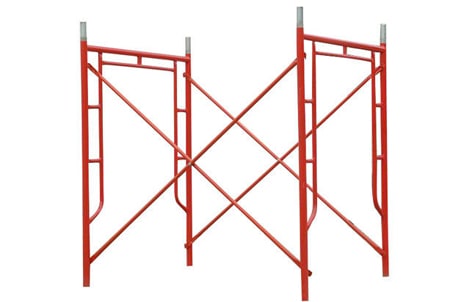
Figure 3 – The typical height of scaffolding frames (H Frames) would be 25 feet and above
This height is the one chosen for the flexibility and the ability of the scaffolding frame to be used in many different projects, not just one.
However, this would still depend on the products you’ll purchase, such as the braces in question, the frames, the jocks and bolts, even the stairway or the stairs of the structure.
Scaffolding Frame Parts
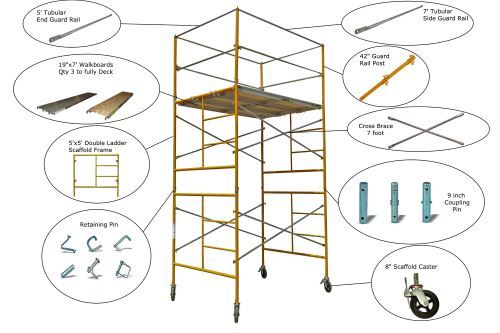 Figure 4 – Different parts and components of scaffolding frame
Figure 4 – Different parts and components of scaffolding frame
Identifying and knowing the parts of scaffolding frames is imperative. Why? – Because this will give you the idea of whether or not it’s the type of scaffolding that you can use to your advantage.
- Up Frame – The top frame of the formwork.
- U-Head – The main connector of the frames and braces.
- Joint Pins – The main connector of the frames.
- Platform/Deck/Pedal – The walkway or the area where the operators would stand.
- Down Frame – The base or the bottom frame that comes after the base.
- Cross Bar – The primary support that ensures the deck wouldn’t fall. It also supports the frames by being diagonally positioned.
These are the parts and components of scaffolding frames! Other manufacturers might call it differently, but, these are the parts that you need to take not of!
Scaffolding Frame vs. Tube and Clamp Scaffolding
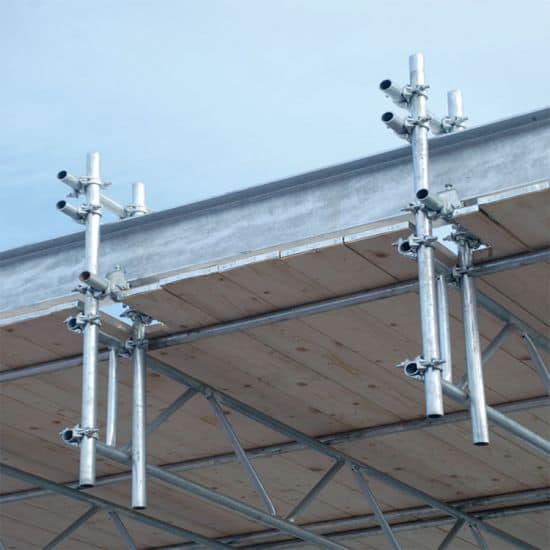
Figure 5 – Tube and clamp scaffolding viewed from below
Two (2) of the most popular and most famous types of scaffolding, the tube & clamp scaffolding and the scaffolding frame, are always up for debate as to what the better option is, as well as the most economical and practical.
So, how do these two (2) types of scaffolding differ? What are the primary factors that affect the overall decision of buyers when choosing?
Here’s a table that discusses the differences between scaffolding frames or frame scaffolding from tube and clamp scaffolding.
Frame Scaffolding | Tube & Clamp Scaffolding |
Typically used in all different types of construction and structural projects – they’re versatile and flexible! | Ideally used in the construction of residential and commercial buildings (less than four (4) floors). |
They’re easy to erect and dismantle. Speed of doing any of these is 2 to 3 times faster than tube and clamp scaffolding. | Compared to scaffolding frames, they’re harder and slower to dismantle because the weights of components are heavy. |
Maximum work load 25 KN and above, but this can’t exceed 50 KN, unlike tube & clamp scaffolding, which is flexible. | Maximum workload is at 10 KN, but can be increased depending on the height and width of the structure. |
Usually stiff and not flexible, but strong and durable. | Flexible in a sense that there’s no limit as to what you can do. |
Ideally more expensive that tube & clamp scaffolding. | Cheaper, more practical, and more affordable than frame scaffolding. |
These are the primary distinctions between scaffolding frames and tube & clamp scaffolding structures.
A Frame Scaffold Handrail
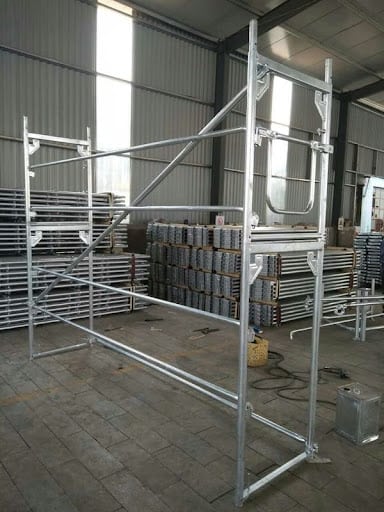
Figure 6 – An example of an A Frame scaffolding handrail
This is a type of handrail and it’s achieved by using a cross brace that is about 1 to 1.5 meters long, fused and joined with a horizontal tube, forming the “A shape.”
They’re considered to be the most common and most used type of handrail because of its durability and guaranteed protection from things and components falling, as well as the security of the workers and operators that would man the framework.
Where Can You Get the Best Scaffolding Frame?
There are multiple sources from where you can purchase high-quality scaffolding frames. However, among the best options you have would be by working with a Chinese scaffolding frame manufacturer.
Known for their adaptability and flexibility, scaffolding frame suppliers in China can give you the overall assurance that your scaffolding frames will be strong, durable, flexible, and extremely effective.
But, out of all the scaffolding frame manufacturers in the market, Jumply has been the most trusted and most banked on scaffolding frame supplier in China. We have been on the radar of some of the most popular businesses, corporations, and enterprises in and around the state!
Can Jumply Offer High Quality Scaffolding Frame?
Jumply’s scaffolding frames are deemed as the best and most effective due to the fact that we’re able to produce versatile sets of scaffolding frames for whatever project that may require it.
Whether you need the regular and usual frame scaffolding, modular scaffolding, ringlock scaffolding, or any other type of scaffolding structure, we’ll definitely be able to help you!
You will never have any trouble working with us as we are deemed the best! Get the best and highest quality of scaffolding frames you can get wherever you are in the world!
